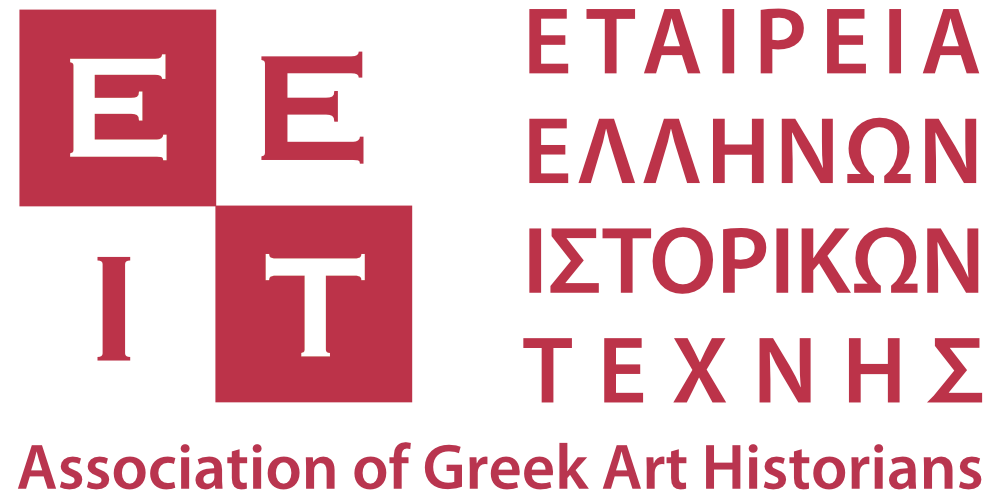Despite its venerable etymology, “aniconism” is a modern term coined in 1864 by the German archaeologist Johannes Adolph Overbeck to characterize what he saw as the earliest forms of symbolization of the divine among the ancient Greeks, one at odds with mimesis and anthropomorphism. Its most important precursor can be found in the writings of early Christian theologian Clement of Alexandria, who claimed that the ancient Greeks knew and respected the prohibition of images handed down from Moses. This lecture argues that the notion of aniconism, with the associated disqualification of iconicity and “illusionism”, is part of a modern translation and extension of the monotheistic prohibition of images to the aesthetic realm, which first took place in architecture and the decorative arts before it finally conquered the fine arts. It also argues that despite the current “flood” of digital imagery and the ubiquitous use of the adjective “iconic” as a word of praise, the spirit of this ideal lives on in the understanding of art as a “concept” and in the negation of the materiality of images.
Dario Gamboni is Emeritus Professor of Art History at the University of Geneva. He was a Fellow at CASVA, the Henry Moore Institute, the Clark Art Institute, the Freie Universität Berlin, the Swiss Institute for Art Research, the Kunsthistorisches Institut in Florenz, the Getty Research Institute, and a guest professor across three continents. He has written extensively on the visual arts, especially Western art of the 19th and 20th centuries, and co-curated exhibitions including Iconoclash and Making Things Public in Karlsruhe (ZKM), and Une image peut en cacher une autre in Paris (Grand Palais). His books include The Destruction of Art: Iconoclasm and Vandalism since the French Revolution (1997), Potential Images: Ambiguity and Indeterminacy in Modern Art (2002), The Brush and The Pen: Odilon Redon and Literature (1989/2011), and Paul Gauguin: The Mysterious Centre of Thought (2013/2014). His latest publications are The Museum as Experience: An Email Odyssey through Artists’ and Collectors’ Museums (2019/2020), The Aesthetics of Marble: From Late Antiquity to the Present (co-edited with Gerhard Wolf and Jessica N. Richardson, 2021), and two editions of documents from the archives of Odilon Redon, “Sans adieu”. Andries Bonger – Odilon Redon, correspondance 1894-1916 (co-edited with Merel van Tilburg, 2022), and Redon retrouvé. Œuvres et documents inédits (co-edited with Laurent Houssais et Pierre Pinchon, 2022).


